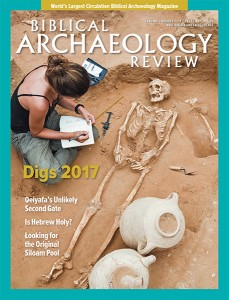
In 847 C.E. the Santa Maria Antiqua Church in Rome, known as the “Sistine Chapel of the Early Middle Ages,” was buried by an earthquake. It was not rediscovered until 1900 by archaeologists.
This entombment meant that the church was preserved from later modifications and alterations, especially during the Counter-Reformation when such renovations were popular. So the church provides a rare sampling of pure early Christian art and iconography. Itself a modification of a Domitian Imperial building, it was originally constructed in the first century C.E. and later repurposed as a church with a central nave and presbytery. Nestled at the bottom of Palatine Hill in the ancient Roman Forum, the sixth-century church contains a plethora of frescoes. The main ones were painted under the direction of Pope Martin I, pontiff between 649 and 655.

For more than 30 years, these stunning historical works have been closed to the public as a team of highly skilled art restorers returned them to their former glory. After all this time, the church is finally resurrected and open to receive visitors.
Already a library member? Log in here.
Institution user? Log in with your IP address.

